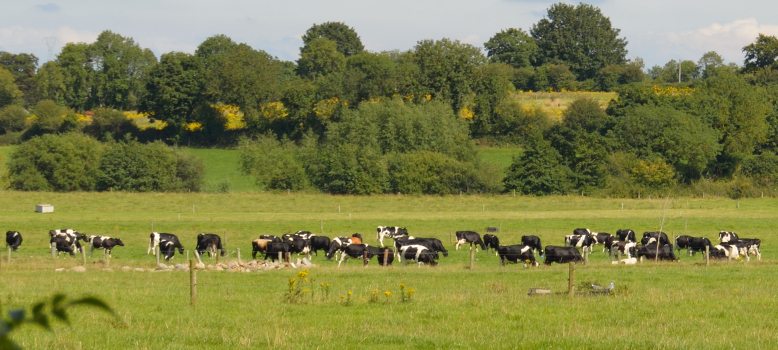Industry Talking Down of 2016 Milk Prices Ill-advised and Damaging – IFA

IFA National Dairy Committee Chairman Sean O’Leary has strongly condemned the effort by industry insiders to talk down the price of milk well into 2016.
He said there was no denying just how difficult international dairy markets had become, but recent NZ futures prices and last week’s GDT results are proof they were now bottoming out. “Talking down milk prices, which some would justify as a means of informing or conditioning farmers, is ill-advised in a world of global and instant communication and could damage the better market sentiment justified by recent market developments. It also runs contrary to some of the commentary from New Zealand’s ABS Bank, which expects NZ 15/16 milk prices to lift by 30% over the current forecast.”
“Some of the same people who are predicting record low milk prices over the next six to nine months were also anticipating dismal prices in late 2014, failing totally to predict last spring’s uplift. Their comments will be picked up online and through social media all over the world as instantly as we learn the results of GDT auctions,” he said.
“If we have learned anything from market volatility, it is that markets can change very rapidly as a result of events affecting sentiment (an anticipated weather event, a rumour of surpluses, commentary from respected insiders), and with it prices can pick up or fall dramatically and quickly. It is simply a fact that there is no way for even very expert operators to predict prices for more than a month or two ahead with any degree of accuracy,” Mr O’Leary said.
“Irish dairy farmers have just lived through 16 months of continuous milk price cuts totalling 13c/l or 33%, which have all but wiped out their margin. Many farmers are now operating below break-even, a situation which is only bearable if short-lived. Even with no further milk price cuts, they are now looking at massively reduced milk cheques first over the autumn and winter months because of lower output, and into the spring because of poorer constituents,” he added.
“What farmers need is an end to milk price cuts: they are the last link in the chain, and they can take no more. It is not good enough for our industry to keep going back to the soft option after 16 months. With milk volumes now easing seasonally, co-ops must focus on internal efficiencies, consolidation and improved marketing to offset still very low, though hopefully soon improving, market returns,” he concluded.




